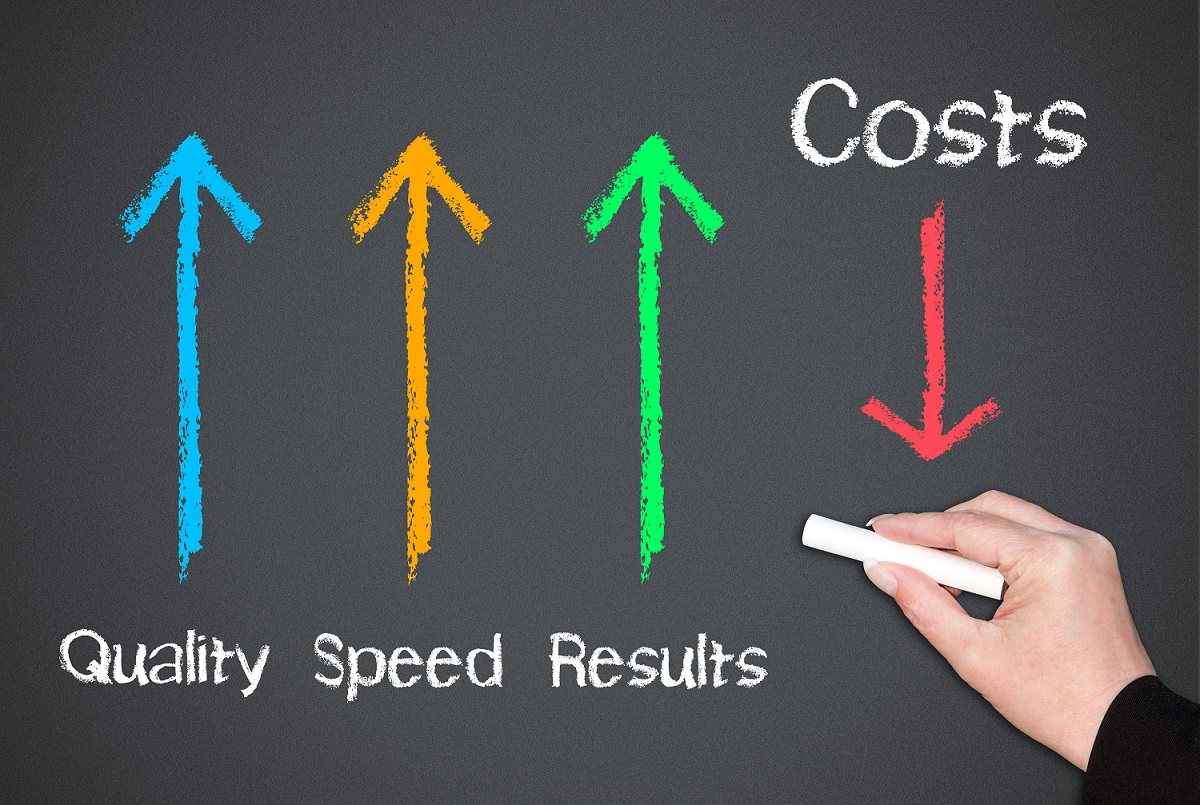Cloud adoption is increasing as enterprises discover the benefits on offer. But cloud adoption is not easy. Cloud success depends on deploying the right services. One of the essential cloud services is a cloud content service platform. The platform enables the storage, management, and distribution of digital content. The platform hosts the content on remote servers. Users may manage the content using web-based tools and access it from anywhere. Content-related security and scalability also improve.
Consider the following factors when choosing a cloud content services platform (CSP) for the cloud:
1. Features and functionality
At the onset, evaluate the inherent features and functionality of the content management platform. There is no virtue in packing the application with features or functionality. Unneeded features only increase bloat. Instead, ensure the platform has productivity and efficiency-enhancing features relevant to the enterprise.
The top features most enterprises will find handy include:
- Document management, to control the type and other particulars of the content.
- Version control to ensure users access to the latest or most relevant content.
- Collaboration options that enable multiple users to access and edit content files and folders.
- Workflow management to streamline operations and improve process efficiency.
- Customisation. Option to customise the platform to meet specific business requirements.
- Analytics and reporting. Ability to track user activity, engagement, and content performance through reporting and analytics.
- Advanced search capabilities and metadata management to categorise content easily.
The best platforms are resilient to sync with the existing enterprise workflows and support the ways in which the enterprise gets content. Trying to change workflows to suit inflexible software often ends up as a disaster, considering resistance to change and disruption of fine-tuned systems.
2. Integration options
Today, most successful enterprises have an ecosystem of vendors, suppliers, contractors, and others. All these entities need access to enterprise content. Choose a content platform that integrates with databases within the ecosystem effortlessly.
Easy integration with CRM, marketing tools, and analytics platforms ensure seamless content flow.
Custom-built platforms can offer native integration. Off-the-shelf and generic software offers seamless integration using APIs.
Failure to ensure seamless integration causes friction when accessing data or executing processes. The cloud ends up being slow and costly.
3. Usability
In today’s hyper-competitive world, customer experience runs supreme. Most enterprises start with the customer experience and work backwards to zero in on the right technology.
The key facilitator of good customer experience is usability. The best content platform is easy to use, with a user-friendly interface and intuitive navigation.
Another important aspect of usability is mobility. Gone are the days of an enterprise carrying out its operations from the confines of an office or a shop floor. Most businesses have spread out operations, or their executives are constantly on-the-move. Accessing data on the go has become imperative for such companies. A good content management platform offers the flexibility and resilience to store or access data from mobile devices. The suite works offline and syncs data with the servers when back online.

4. Scalability
One of the key differentiations offered by the cloud is easy scalability. A scalable content platform expands storage capacity and offers flexible storage options. It enables:
- Handling increased traffic without slowing down or becoming unavailable. Depending on business requirements, the content platform scales to meet demand spikes.
- Supporting teams in the growth phase. Teams get easy access to content resources to become more productive and resilient.
5. Security
Security threats are at an all-time high, and no enterprise can afford to ignore threats.
Consider the security measures adopted by the cloud platform to protect content. The obvious measures include
- Data encryption. Ensure end-to-end encryption for data storage and transmission.
- Access control. The best platforms offer role-based access control, multi-factor authentication, and password management policies.
- Compliance. Consider whether the platform complies with industry standards such as GDPR, HIPAA, or PCI-DSS. In 70% of organisations, key compliance functions are only about 50% automated.
- Disaster recovery and redundancy. Consider the platform’s automatic backups, off-site storage, continuity plans and disaster recovery capabilities.
Enterprises compromise on security at their peril. Conduct third-party security audits and assessments to validate the platform’s integrity.
6. Effective data governance
Data is growing at an exponential pace. A large enterprise generates millions of documents a year. Such documents include PDFs, word documents, Excel sheets, JPG images, videos, PPt presentations, and more. Usually, all such data gets dumped into a single depository. Letting it accumulate soon swaps the enterprise and makes it unmanageable.
- Deal with unstructured content. Most enterprises have tons of unstructured content, which is hard to access and creates inefficiencies. Giving structure to such content through categorisation improves transparency, accountability, and efficiency.
- Index the content to make it searchable. Give meta-data and keywords for all content.
7. Vendor support
Never underestimate vendor support. Without adequate support, the application may become unusable when in need.
The key ingredients of top-notch vendor support include regular updates, prompt troubleshooting, training support, and comprehensive documentation.
Make sure the vendor:
- Offers dedicated customer support services
- Has a track record of resolving issues fast.
Smart enterprises make a trade-off between the cost and the features on offer. They ensure the software comes at an optimal cost, making the service viable. Without a seamless content platform, the enterprise spends time, money and energy managing chaos. They cannot focus on their core business activities.
Several vendors offer all these capabilities and more to facilitate data migration to the cloud. Top in the list of option rank OpenText. OpenText enables the enterprise to overcome the chaos associated with content delivery.
OpenText Content Suite platform offers resilient tools to manage and facilitate content. The platform keeps content organised and ensures seamless information flow.
The OpenSource content platform bundles several products, such as:
- OpenText Content Server captures, creates and manages content across the enterprise. It also provides options to classify and govern data for better content security and lifecycle management.
- OpenText Directory Services manage user data in a central repository. All enterprise products and services access the latest user data seamlessly.
- OpenText Archive Center encrypts data and achieves contents, boosting security.
- OpenText Extended ECM Platform facilitates easy integration with top applications. Exchange of content within and outside the enterprise becomes easy.
In today’s hyper-competitive environment, where time is money, the right cloud content management platform spares business executives from wasting time grappling with the software. Marketers and other business users can create content effortlessly and ensure the right content reaches the right audience at the right time.












